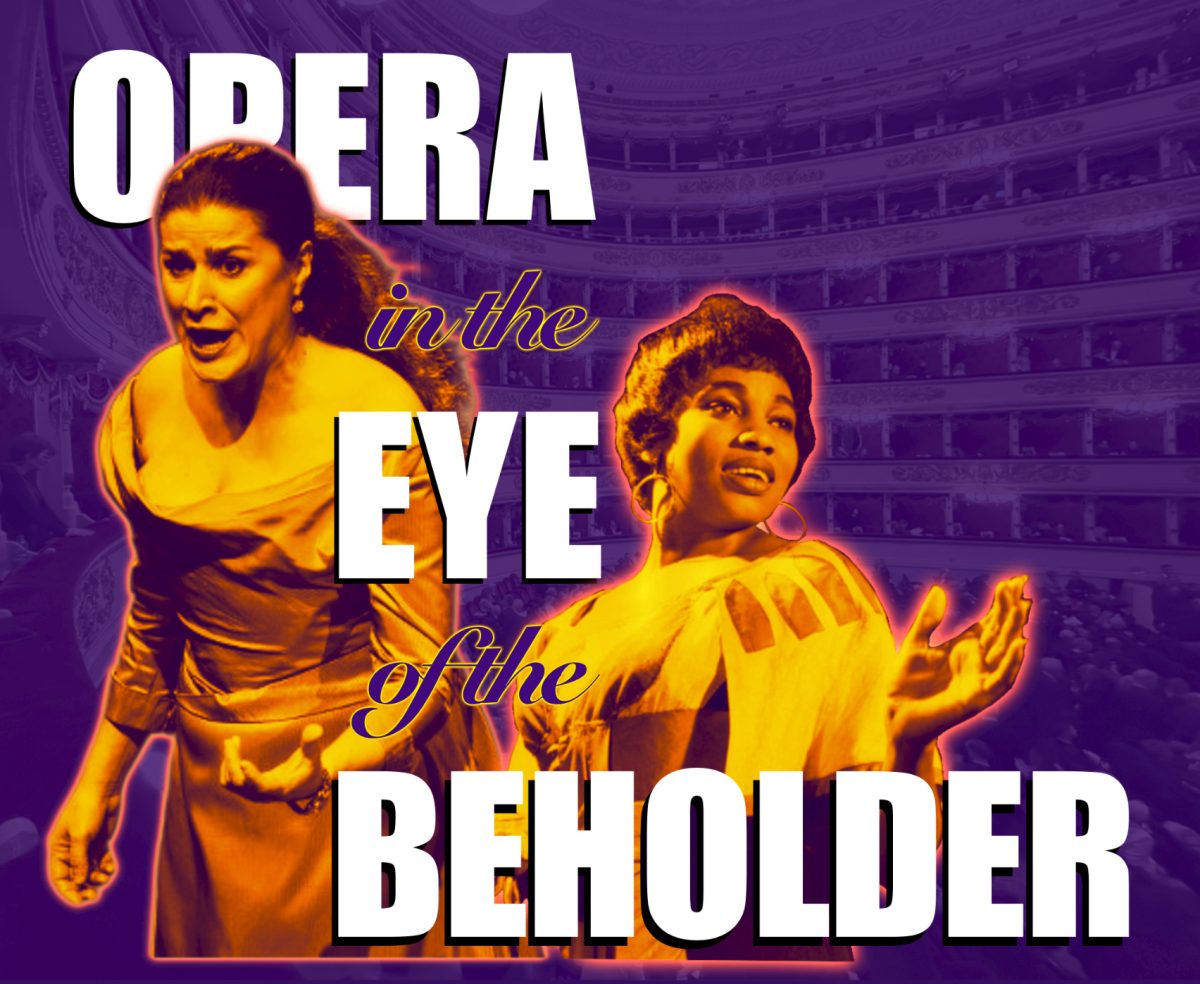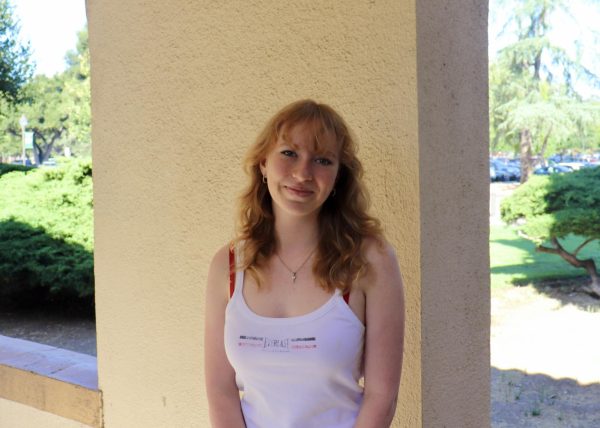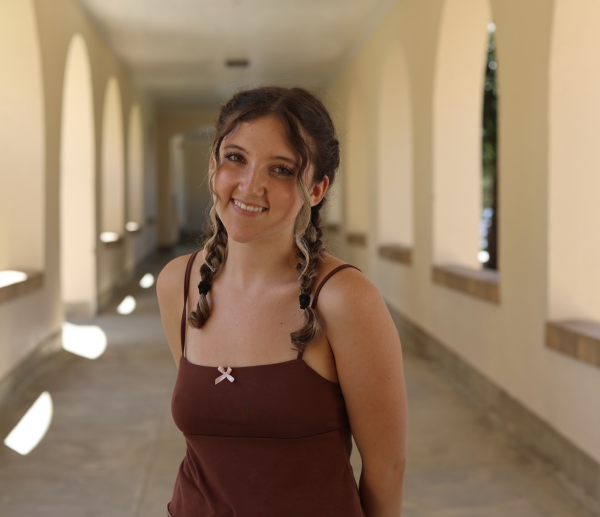The moon is a constant companion in the night sky, a beacon of light that illuminates the world and signals the approach of night. Every night without failure the moon coexists with the Earth, in a perfect pattern.

Earth’s natural satellite has captivated the human imagination since the dawn of time, its changing phases making their way into many scientific and cultural circles.
Paly astrophysics teacher Michael Lupoli, highlights why the moon is so important to us.
“One of the reasons we are what we are today and [why] we’ve made so many advances in society and technology is that we seek to explain phenomena we observe around us,” Lupoli said. “We have that tendency as humans.”
In a diverse community like Palo Alto, the moon’s influence on different traditions and cultures can be discovered through the first-hand experiences of students and experts alike.
Through the views of many people in both the past and present, the moon serves as a vehicle for history, a way to remember and tell ancestral stories.
Reaching back to her Slavic ancestry, Paly senior Kaitlyn Abbassi emphasizes how the lunar system helped Slavic cultures to hunt and survive.
“Traditional communities kept time with the phases of the moon,” Abbassi said. “For example, during one phase you would gather herbs and other things of that nature.”
Abbassi’s early ancestors even pictured the moon as a spiritual force, guiding and supporting them.
“[The moon] is a symbol of abundance, the mystical side of the soul and deeper intuitions,” Abbassi said. “And there’s even a crescent-shaped pendant worn in Slavic cultures that is soulfully symbolic.”
In slavic culture, many people believe and worship a goddess they call Devana, which is similarly the goddess of wild nature and hunting.
For Paly sophomore Dylan Chen, the Mid-Autumn festival is an important Chinese celebration of the moon’s brightest point and the end of the Autumn harvest. Chen celebrates with mooncakes, a traditional Chinese baked product commonly associated with the festival.
“There’s all sorts of delicious mooncakes; my family prefers it with egg yolk and we also watch a Chinese show that’s going to be aired during the mid-autumn festival,” Chen said.
 Like Abbassi, Chen’s cultural connection with the moon provides the basis for tales that are passed down through generations.
Like Abbassi, Chen’s cultural connection with the moon provides the basis for tales that are passed down through generations.
“A story you’ll probably hear in China is the story of Chang’e — it’s so famous that the Chinese space program is named after it,” Chen said. “It’s basically about a princess, or a Jade Rabbit, who got banished to the moon and is watching China, protecting it.”
Paly Senior Anna Van Riesen tells a similar story to the legend of the Jade Rabbit that has been passed down from her Korean heritage, highlighting the overlapping folk tales surrounding the moon in both Chinese and Korean culture.
“There’s a lot of folktales about the moon— one of them I grew up hearing is this nursery rhyme called Santoki. It’s originally in Korean, but the translation reads; ‘Mountain bunny, bunny, where are you going? Hopping, hopping while running, where are you going? Over the mountain pass, pass, I will climb it alone. Plump, plump chestnuts, I’ll find and bring some home,” Van Riesen said.
The song Van Riesen shares describes a bunny collecting nuts and tools under the moonlight; commonly sung by children, the tune is cheery while also highlighting the beauty and symbolism of animals often taught in Chinese and Korean upbringings.
The moon has also been perceived as a celestial being in a variety of cultures, such as the Egyptian god Thoth and the Hindu deity Chandra. Additionally, many indigenous groups see the moon as a god with power over the night, as well as tides.
“Early humans used myth and religion to explain what they saw in the night sky or when they saw something going on in the world around them,” Lupoli said.
This same philosophy is still used in the present day to explain the fantastical folk stories told by all kinds of cultures, connecting us through the human desire to find meaning.
“There are a lot of different Korean stories about young maidens, silk, textiles and fabric, even one about women weaving bridges to the moon, I think because these folk tales derived from making the mundane mythical,” Van Riesen said.
The symbolism of the moon is also romanticized in many Western stories, sayings and music. The saying ‘I’ll love you to the moon and back’ is a popular phrase said for affection, which means to signify a deeper connection to the person being said to, and to describe their feelings as boundless.

In music, the moon is also used frequently in songs to romanticize the lyrics, such as Frank Sinatra’s “Fly Me To The Moon.” The common association with romance may be because people associate the moon with dreams, and romanticizing the moon allows for a dreamy aura.
Associating certain ethereal figures with romance is not something uncommon in society, such as the stars, clouds, and northern lights. This common occurrence creates a basis of positive and emotional experiences and can be a reason as to why many use them as symbols of self-expression and expression of the soul.
Astrology and the moon are also often intertwined with spiritual practices, one of which is tarot card readings. Within certain belief systems, these connections are rooted in symbolism, mysticism and personal values.
Avid tarot user and junior at Port Chester High School, Hailey Bigby Brown has been practicing tarot as a hobby for many years.
“The actual purpose of tarot is not just to get your questions answered, it can also be a way to ground yourself; to get connected to the universe,” Bigby Brown said.
Like Bigby Brown, many tarot readers will do readings during certain phases of the moon. Each card in a deck of tarot has a different symbol on the front, which signifies different meanings. The card of the moon is one of these, which symbolizes the subconscious, intuition and inner visions. However when it comes to the reader’s question, there is no direct answer for the cards pulled, it is up for the interpretation of the reader and can mean different things to different people.
“A lot of the questions I asked the cards were answered, but not in a straightforward way; it’s more of interpretation and figuring out for yourself what the cards mean to you,” Bigby Brown said. “I like the feeling of getting the answers to questions humans can’t answer.”
While astrology is no new concept, the 2020 pandemic led to its boom in popularity due to its accessibility and rising involvement in social media apps like TikTok. People all over the country began listening to their horoscopes and studying their sun, moon and rising signs.
For Bigby Brown and many others who similarly found their passion for tarot through spiritual communities, tarot can serve as an alternative to religion.
“Tarot helps me ground myself, and is a way to connect with beings beyond our comprehension, kind of like how praying in Christianity connects you to god,” Bigby Brown said. “The tarot as a whole is not just any old deck of cards with pictures on it; it has meaning. The meaning can differentiate depending on who is using them. For me, the meaning is to build a strong connection between them and the universe.”
From the origin of the solar system, the moon has been Earth’s sole companion. Through religion and language, it’s left its mark on the world, voiced today by a diverse array of people within our community.
Despite the many cultural differences we may have, we can all agree on one thing: we all use the moon in our lives, whether it is through science, religion, language, or in our own unique way.
“The moon may mean different things to different people,” Abbassi said. “But throughout time, its significance has become undeniable.”
Moon Phases DONEEEE








